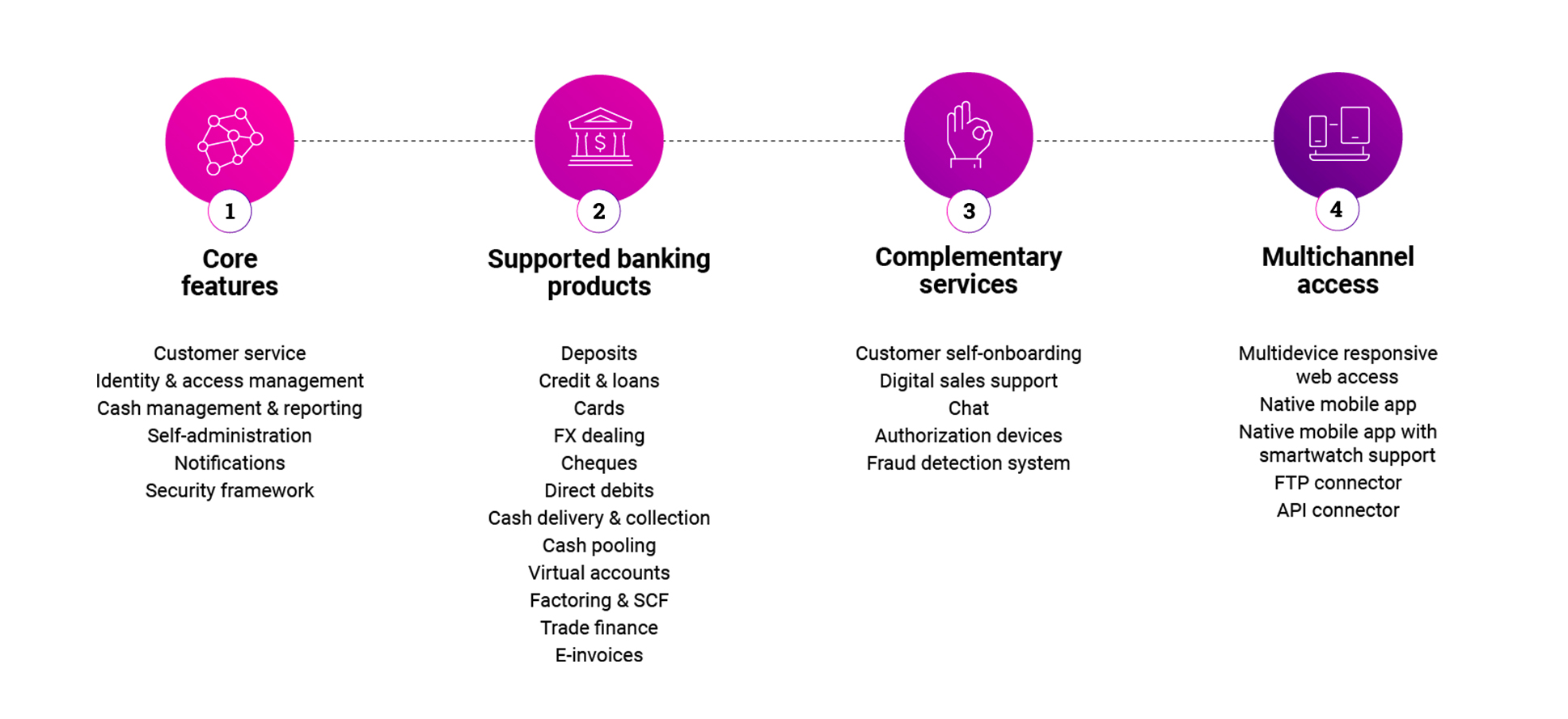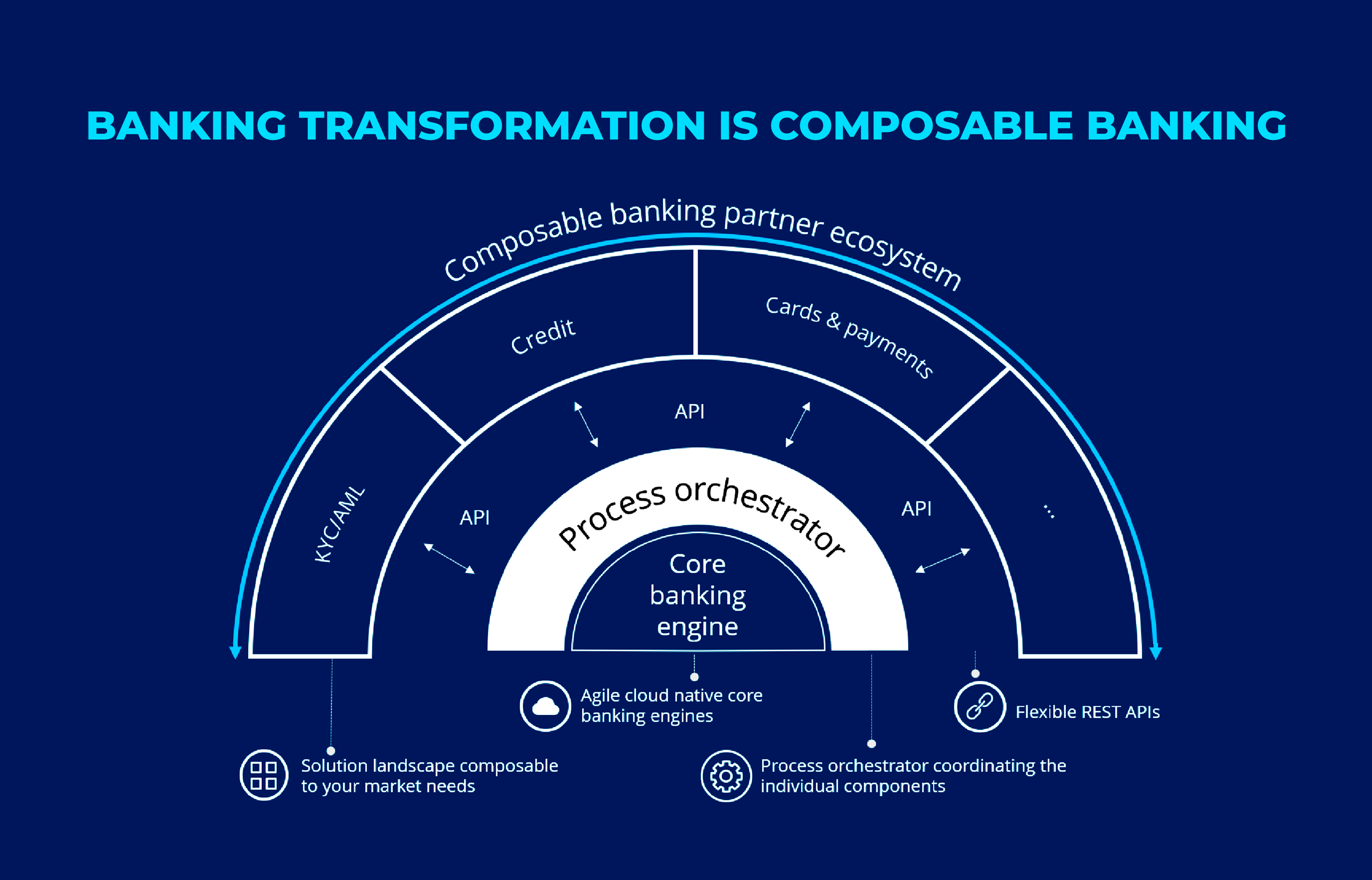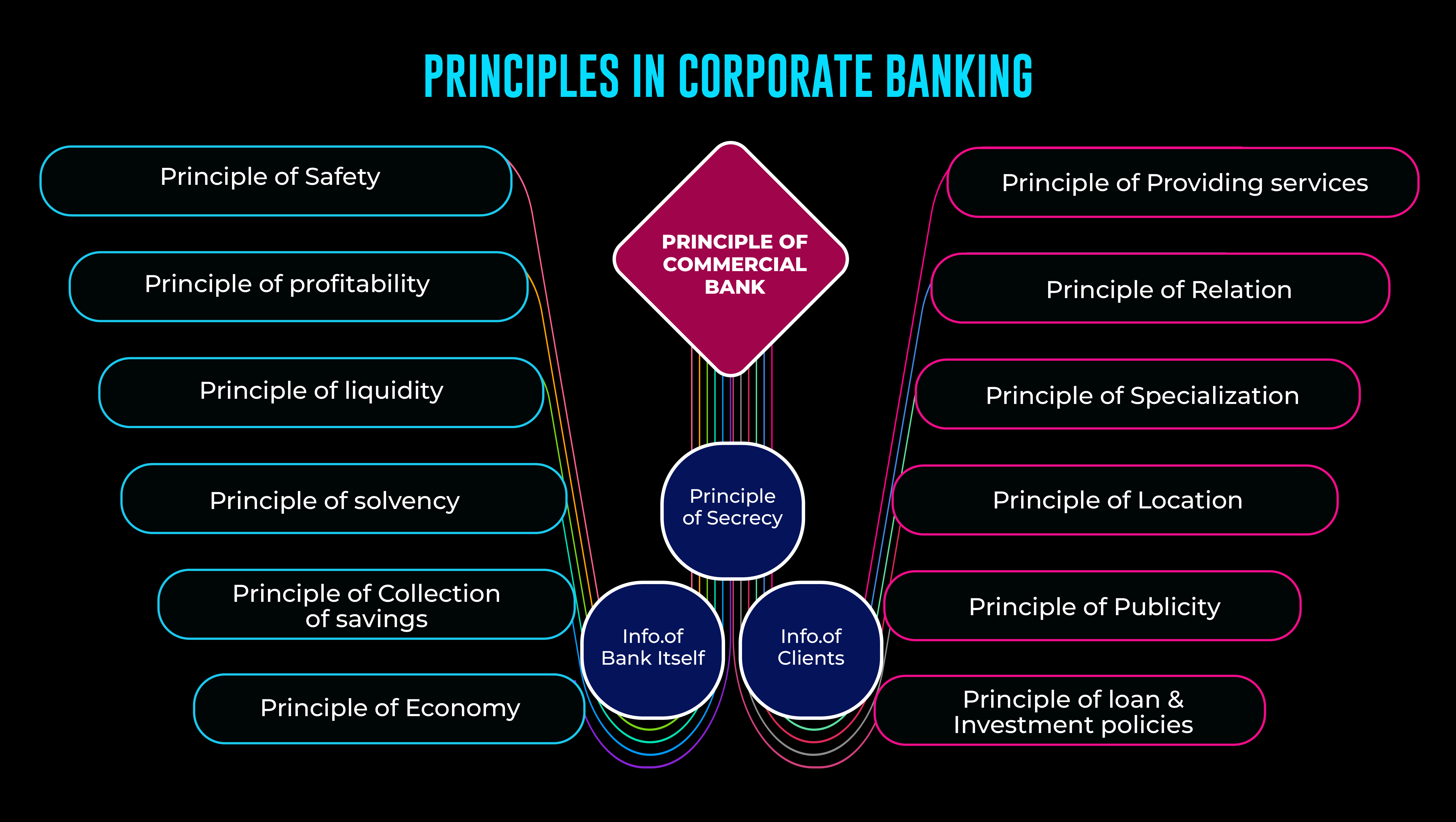The Importance of Multichannel Strategy for the Financial Industry

The financial industry is profoundly transforming in today’s fast-paced and digital-driven world. Customer expectations are evolving rapidly, demanding seamless and convenient experiences across various channels. In this 800-word blog, we will delve into the significance of a multichannel strategy for the financial sector, provide recent examples of successful implementations by renowned banks, use statistics to illustrate key points and offer three solid ways forward for the industry.
Recent statistics underscore the importance of multichannel strategies in banking:
According to a survey by PwC, 82% of customers expect a consistent experience across all channels when interacting with their bank.
Research by Deloitte found that companies with a solid multichannel customer engagement strategy retain, on average, 89% of their customers, compared to 33% for companies with a weak strategy.
McKinsey reported that banks with mature multichannel strategies have seen a 30-40% increase in customer satisfaction.
The Multichannel Imperative
A multichannel strategy is crucial to a bank’s digital transformation journey. It involves creating a cohesive and integrated customer experience across multiple physical and digital touchpoints. Here’s why it matters:
Meeting Customer Expectations
Customers now expect the ability to interact with their bank on their terms, whether it’s through mobile apps, websites, chatbots, or in-branch visits. Banks that can’t meet these expectations risk losing customers to competitors that can.
Enhancing Customer Engagement
A well-executed multichannel strategy can enhance customer engagement by offering a consistent and personalized experience. This can lead to increased customer loyalty and higher lifetime value.
Increasing Efficiency
Streamlining operations across channels can improve efficiency and reduce costs. For example, digital self-service options can significantly lower customer service expenses.
Gaining Competitive Advantage
Banks that embrace multichannel strategies gain a competitive edge. They are better positioned to adapt to changing market conditions and leverage new technologies.
Recent Examples of Successful Multichannel Implementation
1. Chase Bank’s Digital Transformation:
JPMorgan Chase embarked on a comprehensive digital transformation journey, investing in mobile banking apps, chatbots, and online services. This approach improved customer satisfaction and significant growth in their digital user base.
2. Bank of America’s Erica:
Bank of America introduced Erica, an AI-powered virtual assistant offering customers personalized financial insights and recommendations. Erica has been widely adopted and praised for its convenience.
3. Wells Fargo’s ATM Upgrades:
Wells Fargo invested in upgrading its ATMs to provide more advanced and convenient services. These ATMs allow customers to perform transactions beyond cash withdrawals, enhancing the in-branch experience.
Checklist for Prioritizing Multichannel Banking Strategy
1. Embracing deep tech:
CRM systems seamlessly integrate data across multiple channels, which ensures that data is not scattered across different systems. After all, data silos prevent Service reps from accessing a 360-degree customer view, interactions, and history, which makes tailoring solutions a challenge.
2. Advance with Analytics:
Investments in intelligent analytics tools help to track customer interactions and determine and act on real-time insights. From sentiment analysis to customer behavior patterns, Big Data Analytics equips FIs to become data-centric and make decisions that enhance customer experiences.
3. Amp up the learning speeds for AI and automation:
Leverage AI and automation for rule-driven transactions and mundane queries. Streamlining repetitive tasks frees vital human resources. Another example is the AI-powered chatbots. They can provide instant responses and collect relevant data before escalating complex issues for human intervention.
4. Empower Customer Handling Teams:
Empowering frontline employees with access to holistic customer data and training on the latest tools and techniques is essential. Using data effectively is an acquired skill, and with time, the customer servicing team starts to bring in exponential reasons as they get better at personalizing interactions, anticipating needs, and resolving solutions.
Three Solid Ways Forward
1. Invest in Technology:
Continue investing in cutting-edge technology, including AI, chatbots, and mobile apps, to ensure your bank can offer a seamless multichannel experience.
2. Data Integration:
Implement robust data integration solutions that allow for a unified view of the customer across all channels. This enables more personalized interactions.
3. Customer Education:
Educate customers about the various channels available and how to use them effectively. Ensure that they are aware of the benefits and convenience of multichannel banking.
Conclusion
A multichannel strategy is not a luxury but a necessity for banks in today’s digital age. It enables them to meet customer expectations, enhance engagement, increase efficiency, and gain a competitive edge. Recent examples and statistics demonstrate the tangible benefits of such strategies. By investing in technology, data integration, and customer education, banks can continue to thrive in a rapidly changing financial landscape.
About Maveric Systems
Established in 2000, Maveric Systems is a niche, domain-led, BankTech specialist, that partners with global banks to solve their business challenges through emerging technology. Maveric’s 3000+ tech experts use proven frameworks to empower our global customers to navigate a rapidly changing environment, enabling sharper definitions of their goals and measures to achieve them. We have been the partner of choice for world’s top 10 financial institutions and top 50 regional banks, delivering banking technology solutions around customer experience, connected core, regulatory compliance, and digital operations.
Across retail, corporate, and wealth management, Maveric accelerates digital transformation through native banking domain expertise, a customer-intimacy-led delivery model, and a vibrant leadership supported by a culture of ownership. With centers of excellence for Data, Digital, Core Banking, and Quality Engineering, Maveric teams work across 3 continents with delivery capabilities in India, Netherlands, Poland, Singapore, UAE, UK, and the US.
Our ecosystem-led solution approach is based on consciously contextualizing ever evolving banking landscape, comprehensive competencies built across various vendor transformation environments, and a committed organizational culture focused on accountability, all nurtured and developed over two decades of singular focus on the banking domain.
View














